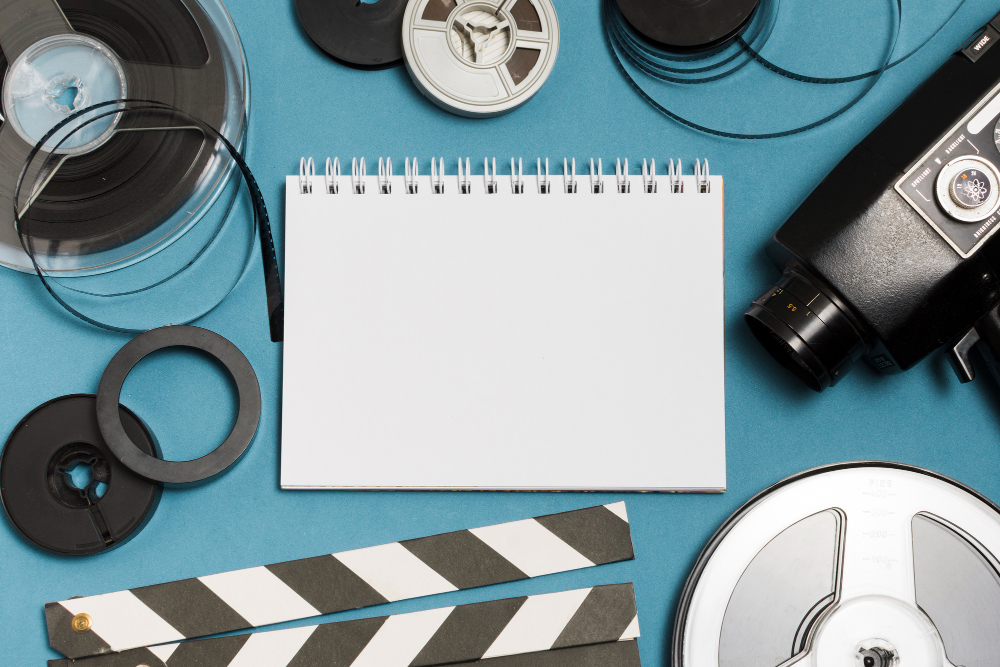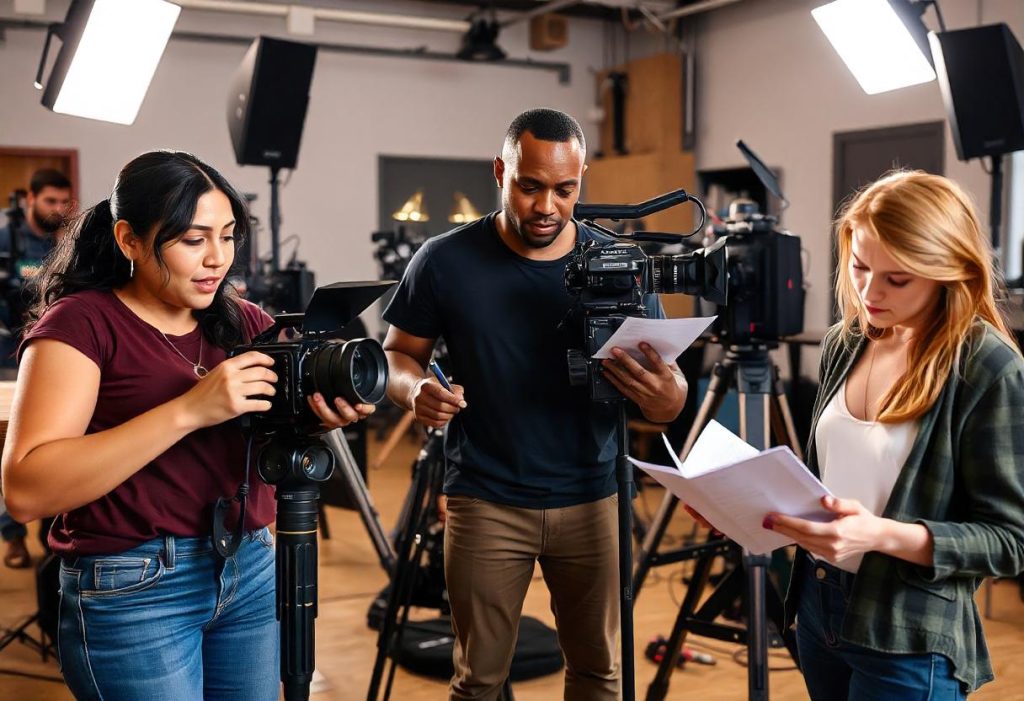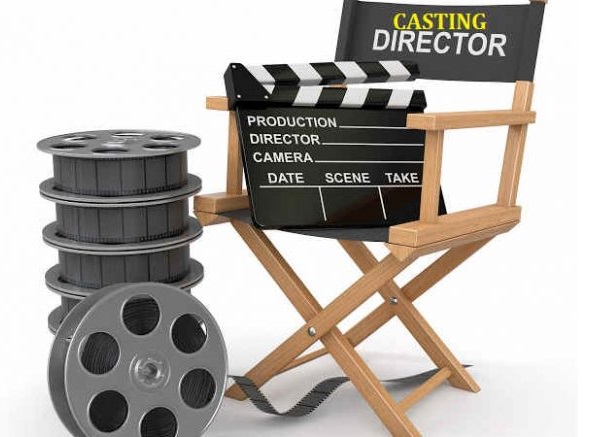Exploring the Crucial Components of Filmmaking: Cinematography and Editing
We all love watching movies, don’t we? Sometimes we are mesmerized by the iconic characters and sometimes the transitions made through edits. But how often do we appreciate the hardships that influence our viewing experience? Not much, right?
Filmmaking is an art but what makes an art a masterpiece is cinematography and editing. Cinematography is capturing the images for a film or a video. Editing is the process to select and omit those photos to create a meaningful and impactful story.
Filmmaking is more than just creativity. It is about finding the right visuals, rhythms and emotions that turns into a beautiful visual narrative. Be it a romantic comedy, thriller or suspense, cinematography is the backbone. In this article, we are going to discuss the foremost components in the world of filmmaking – cinematography and editing.
Read Also: Film, TV, and Theater: Understanding Different Acting Genres
Cinematography – At a Glance
Do you want free career counseling?
Ignite Your Ambitions- Seize the Opportunity for a Free Career Counseling Session.
- 30+ Years in Education
- 250+ Faculties
- 30K+ Alumni Network
- 10th in World Ranking
- 1000+ Celebrity
- 120+ Countries Students Enrolled
Cinematography is popularly known as ‘The Art of Visual Storytelling.’ A cinematographer’s role is to plan for every frame, angle and shot composition. He is also responsible to make sure that the lighting is good so as to capture the best shot in perfect lighting condition.
Recent study concludes that cinematographic quality can influence the audience ratings by 40%.
Key Elements in Cinematography
Advancement of cameras has made a significant impact to shoot in higher definition and capture even the minute details in set design. In this section, we will be discussing the key elements in cinematography.
Book Now →
Read Also: How to Become a Screenwriter: Tips, Tools, and Techniques for Success
Lighting
Lighting plays a very crucial role in setting the mood and tone of the film. It can deliver emotions, highlight characters or objects and create a sense of time and place.
Example – Low lighting conditions are often seen in horror and thriller films to create suspense and mystery. Whereas, high-key lighting is used in comedies and drama films to deliver a bright, clean look.
Do you want free career counseling?
Ignite Your Ambitions- Seize the Opportunity for a Free Career Counseling Session.Cameras Angles and Movement
Just as lighting is important to create an impact on the character, camera angles can make it look more powerful and vulnerable as the script demands. A low-angle shot is used to make a character look powerful and a high-angle shot might convery vulnerability.
Read Also: Crafting a Career in Acting: How to Become a Successful Actor
Composition
Composition is arranging the elements together to enhance the viewer’s experience. The rule of thirds, leading lines and correct framing are just a few techniques to seek audience attention.

Editing Brings It All Together
Editing a film is a critical and very unique element in the cinematic medium. It is a process where raw footage is converted to a meaningful story that can emotionally resonate with the audience. An editor needs to work closely with directors to ensure that the story flows in the exact manner to convey the intended message to the audience.
Read Also: How to Become a Cinematographer After 12th
Around 60% of filmmakers believe that editing is the most crucial part to deliver an intact voice in front of the audience. Extensive editing and revision of the films has a 35% chance of achieving box office success compared to those with minimal editing.
Key Elements in Editing
Pacing
While editing a film, the pace of the editing process plays a very important role to captivate audience attention. Fast cuts create excitement whereas slow cuts can create suspense. Effective pacing ensures that the story unfolds at a rhythm which captivates the audience.
Continuity
Continuity is very crucial for any film to make a significant impact on the audience. Editors should ensure that the visuals align with the narratives so that the audience does not get distracted by inconsistencies.
Read Also: Top 20 In-Demand Job Oriented Courses for 2024
Transitions
Editors should make sure that the transition from one scene to another should be real smooth. It should not affect the overall flow and emotional impact. Effects like dissolve, wipe and fade bring different nuances to the storytelling.
Conclusion
Cinematography and editing are two essential components that make a film worth watching. Together, they can create a lasting impact on the audience using the right camera angle, lighting and composition. As technology continues to expand its parameters, the passion for filmmaking continues to drive innovation and creativity.
If you have got a knack to create compelling stories, AAFT School of Cinema is the right place for you. We offer various degree and diploma programs with hands-on experience and practical exposure. Learn to create compelling narratives and turn your passion into a rewarding career with AAFT.
In the end, filmmaking is all about celebrating storytelling and creating something truly magical.

Meha Yadav is a skilled content writer with 4 years of experience, specializing in creating impactful content across various niches including journalism, fashion, hospitality, data science and more. Her expertise lies in crafting stories that engage readers and drive results, making her an invaluable asset in the world of digital communication.






